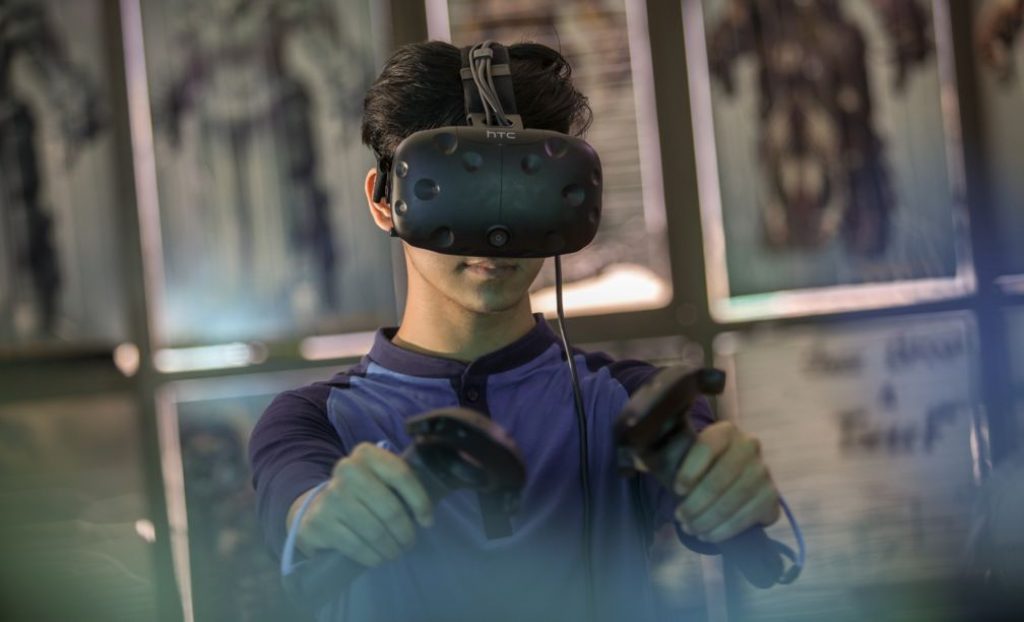
Virtual reality has potential applications across practically all industries and sectors, including education. However, we know very little about its effect on children, whose nervous system isn’t yet fully developed.
In 2016, EPFL graduate Jenifer Miehlbradt and Silvestro Micera, Bertarelli Foundation Chair in Translational Neuroengineering, made a surprise discovery when they noticed that children, unlike adults, found it very difficult to pilot a drone through a series of obstacles in a virtual landscape using simple torso movements.
Determined to get to the bottom of the issues children experienced when navigating through a virtual reality environment, they studied 80 children between the ages of 6 and 10 for several years.
The results of their study have recently been published in Scientific Reports, an online multidisciplinary, open-access journal from the publishers of Nature.
“We found that when using a virtual system controlled by body movements, the younger children try to move their head and body separately, while the adults use the rigid strategy,” states Miehlbradt. This finding contradicts the ontogenetic model describing the development of upper body coordination.
According to the long-established model, children first control their upper body as a whole before a decoupling of the head-torso system occurs when children reach the age of 6 to 7 years. From there on, children resort to the rigid strategy only in challenging conditions, the model assumes.
“The results show that immersive VR can disrupt the children’s default coordination strategy, reweighting the various sensory inputs—vision, proprioception and vestibular inputs—in favor of vision,” explains Miehlbradt.
While the implications of this disruption, particularly when children experience it over and over again during their development, are unknown, the study provides a useful reminder that we should approach all new technologies with caution.
